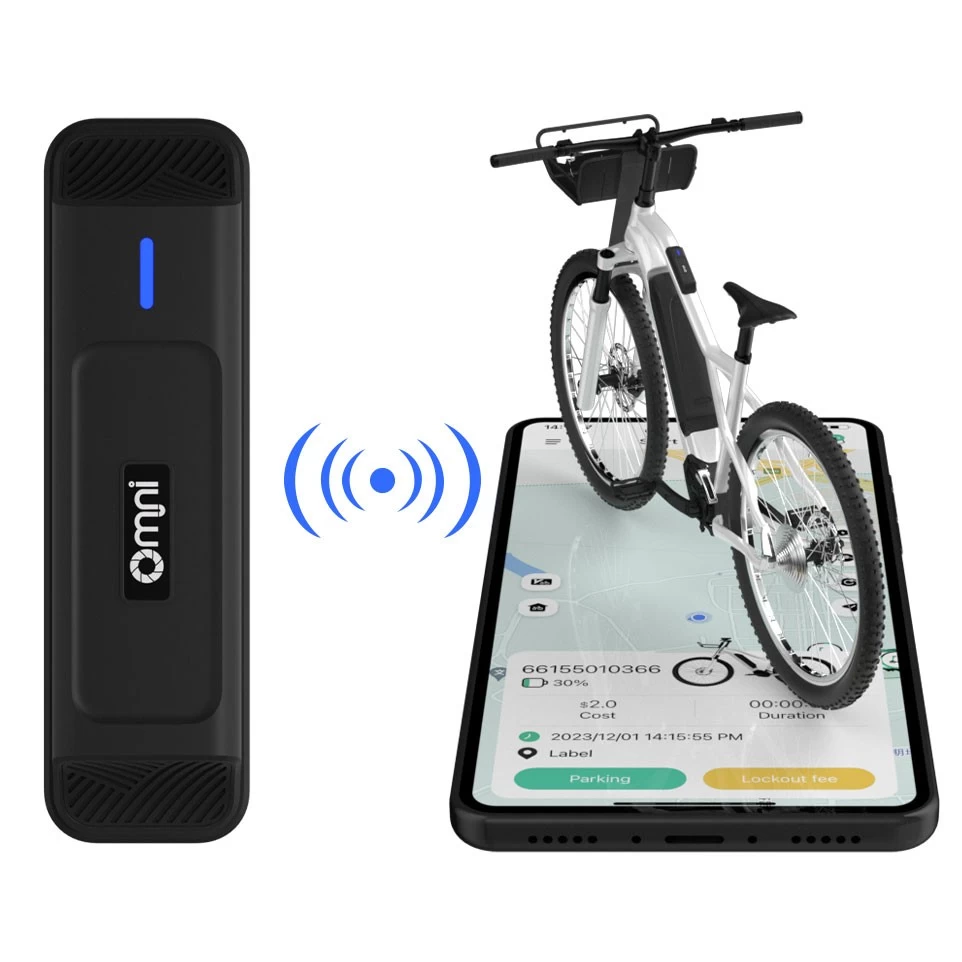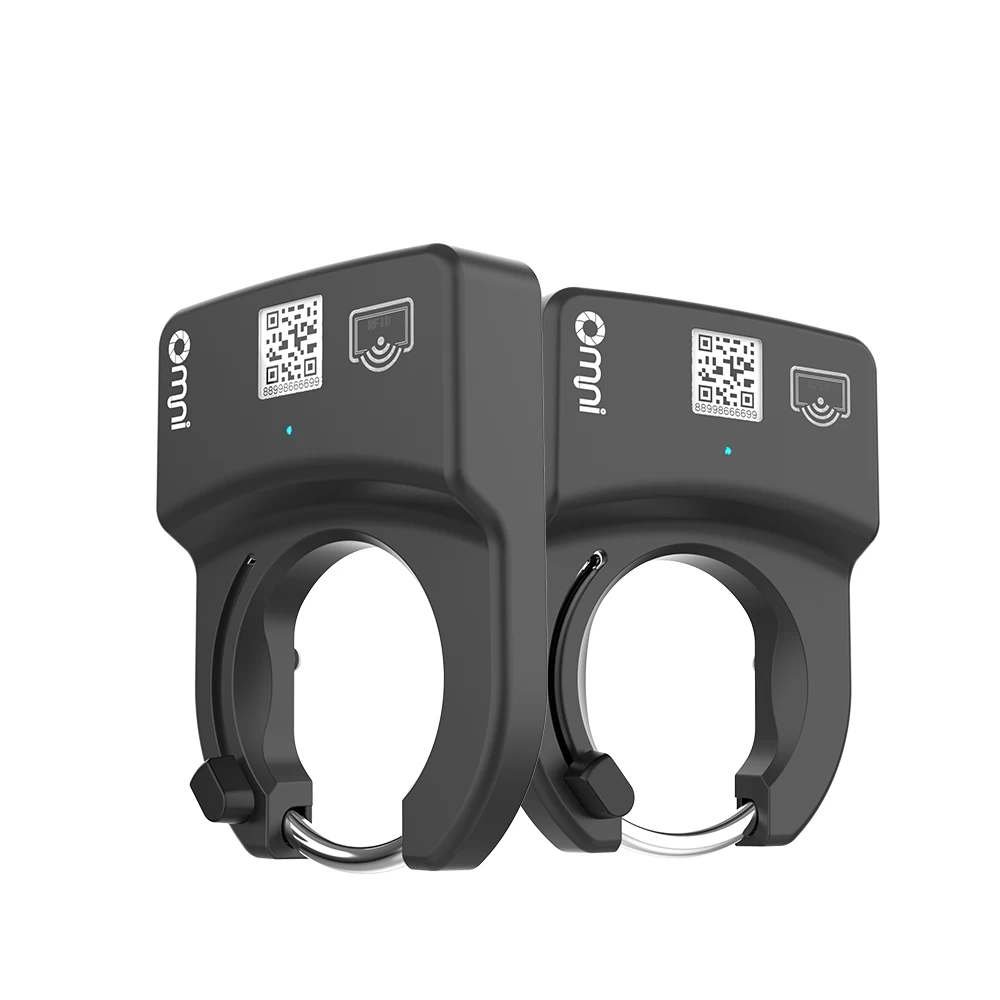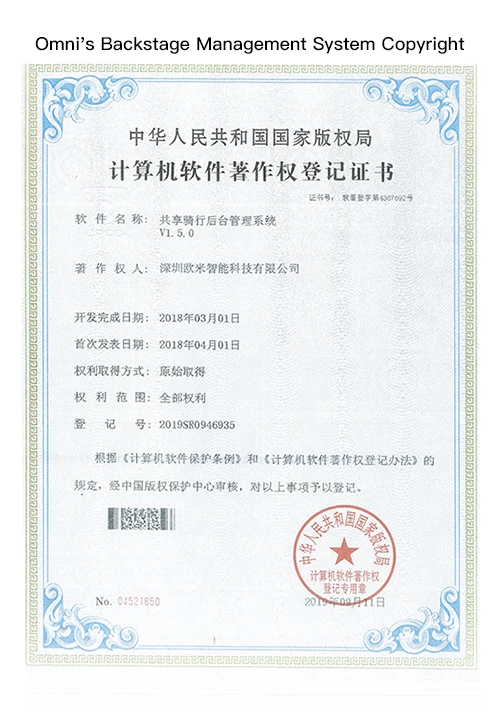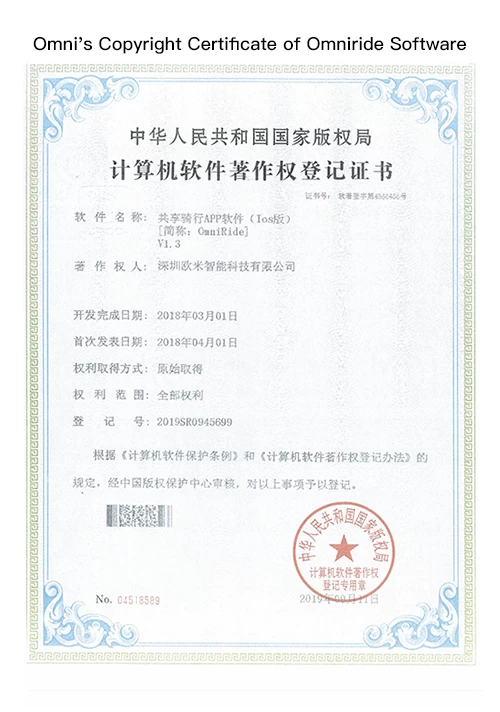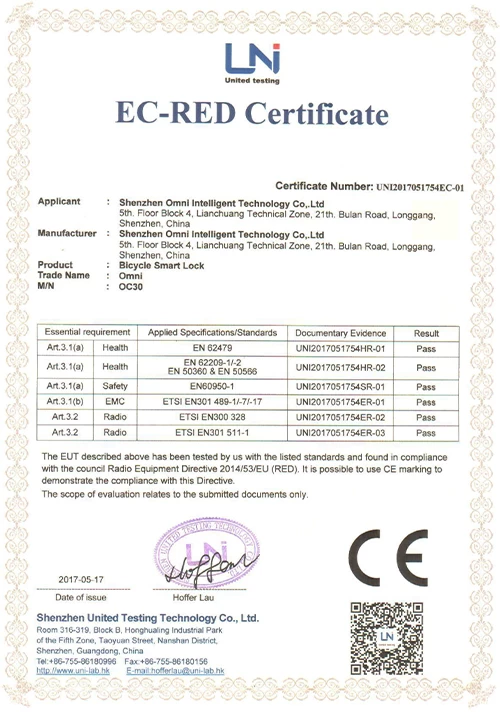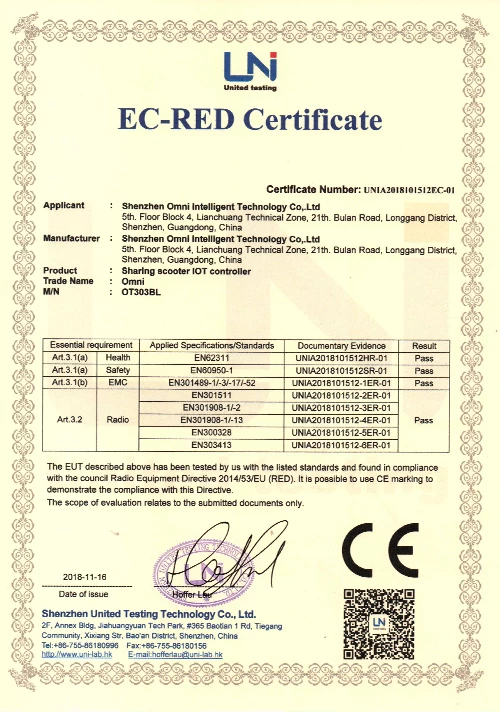What U.S. E-bike Retailers Really Need from Their Suppliers to Succeed?
In the E-bike Market,Brick-and-Mortar Retailers Remain an Essential Link—But the Rise of D2C Brings New Tensions
In the e-bike market,physical retail stores provide consumers with an irreplaceable experience through professional product displays and comprehensive after-sales support.As a result,they remain a vital part of the e-bike sales chain.
What Challenges Must eBike Retailers Overcome to Thrive in the D2C Era?
However,the rise of the Direct-to-Consumer(D2C)model has brought new opportunities for brands—while posing significant threats to retailers.Beyond that,many retailers are eager to form symbiotic partnerships with suppliers,but often find themselves constrained by conflicting policies.Retailers have also voiced concerns over disorganized inventory and delivery processes,broken pricing systems,and unfair cost-shifting practices.

(Source: Unsplash)
So,what do retailers really think in this environment?
Let's hear from frontline voices across the U.S.
Most retailers want to build win-win partnerships with suppliers—but are often frustrated by inconsistent policies.
“It feels like we're supposed to work together,yet we're constantly held back by policies that make success harder,”said Dave Adornato of Montclair Bikery.
Some newer shops remain optimistic:
“We believe we and our suppliers share the same goals and work toward each other's success,”said Jason Bahner of Riverside Cycles.
But others point to rising conflict.
“When a brand you carry sells directly to consumers,they become your competitor,”noted Rob Koshar,a retailer in Connecticut.
Sandy Whitman Talley of Ohio emphasized a mutual commitment:“We support brands that support us.”
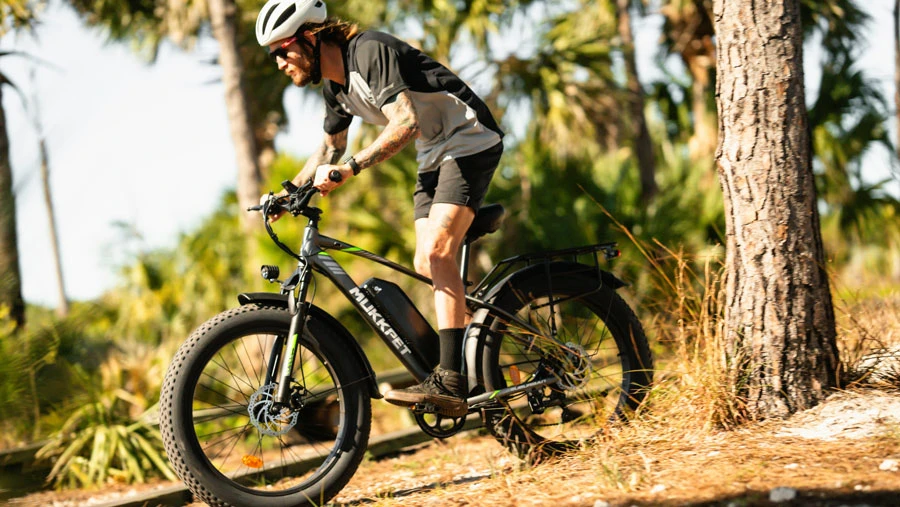
(Source: Unsplash)
Retailers Raise Concerns Over Unfair and Non-Transparent Supplier Policies
1.D2C Model:A Threat to Retail Store Survival
When it comes to D2C,brick-and-mortar retailers express strong resistance.This model is widely viewed as a betrayal of the physical sales channel.
“Cervélo doesn't sell direct-to-consumer—we hope that continues,”said Lisa Fleischaker of The Unlikely Cyclist.
Diana Freeman(Cassiopeia)highlighted a critical pain point:
“When brands offer deep discounts through their own channels,it makes profitability impossible for physical stores.”
There are signs of change:
“Specialized recently ended its independent D2C inventory policy,signaling that power may be shifting back toward dealers,”observed Rob Koshar.
Retailers like The New Wheel in San Francisco even proposed a solution:
“Brands should share a portion of online sales with the local shops that support them.”
2.Inventory and Delivery Disruption
“Suppliers often change policies without explanation,”said Enric Die-Girbau of Rhythm Cycles,citing long delays in project orders and“intentional underreporting of inventory.”
3.Broken Pricing Systems
“If I can buy tires on Amazon for less than wholesale,the system is broken,”said Lisa Fleischaker,referencing weak enforcement of Minimum Advertised Price(MAP)policies.

(Source: Unsplash)
4.Cost-Shifting Conflicts
“Suppliers ship bikes to customers for free but charge us high fees,”said Fleischaker.
“Soft goods manufacturers sell D2C at wholesale prices while forcing shops to buy in bulk on schedule.”
Amidst the Turmoil,Great Sales Reps Are More Valuable Than Ever
Many retailers emphasize the crucial role of strong sales representatives as bridges between shops and suppliers.
“A great rep can strengthen the relationship between suppliers and IBDs(Independent Bike Dealers),”said Dave Adornato.
“They know our stores and sales strategies and help us adapt to industry shifts,”added Enric Die-Girbau.
Staci May of Washington State underscored their rising importance:
“Outside reps are becoming more vital—we rely on them to communicate our needs to suppliers.”

(Source: Unsplash)
But talent is scarce:
“Out of 30+reps,only a few communicate regularly,”said Enric Die-Girbau.
Facing the Crisis,Retailers Offer Concrete Suggestions
1.Reform Profit Distribution
Implement“D2C profit-sharing programs”(Enric Die-Girbau)
“Share a portion of online sales with regional retail partners”(The New Wheel)
2.Localized Support
“Enhance customer experience with local rebates and incentives for professional assembly”(Sandy Whitman Talley)
“Use brand ambassadors to boost visibility of local retail partners”(Diana Freeman)
3.Stable Policy Frameworks
Avoid“constant price changes and frequent D2C discounts”(Sandy Whitman Talley)
Ensure“complete data sheets and images at the time of product launch”(Diana Freeman)
4.Invest in In-Store Experience
“The strongest value of premium brands lies in physical stores—where customers can touch,test,and be guided by knowledgeable staff”(The New Wheel)
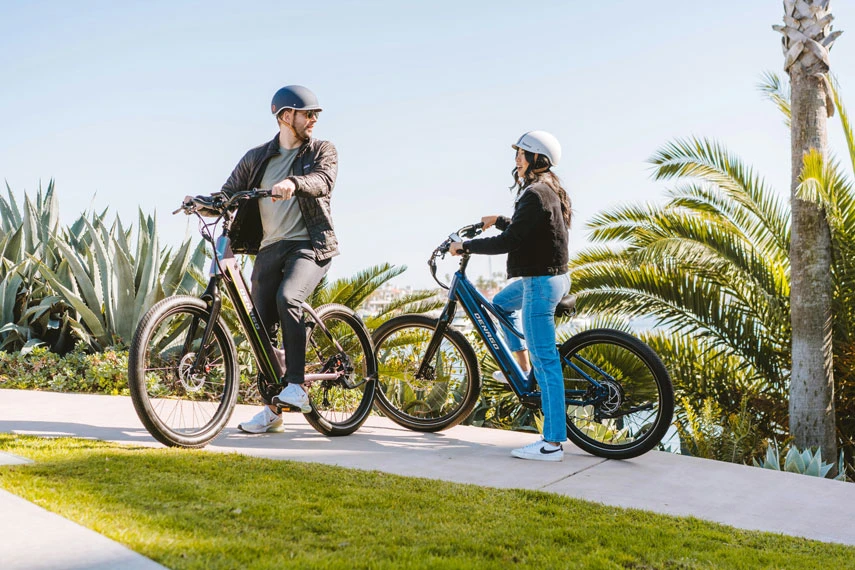
(Source: Unsplash)
Rebuilding Trust Is the Only Way Forward
“When suppliers change the rules,it breaks trust—and trust is essential for a successful partnership,”said The New Wheel.
As Jason Bahner of Vermont put it:
“If shops don't thrive,suppliers will suffer too—when we sell,they sell.”
“The era of purely transactional relationships between retailers and suppliers must end.We need true partnerships,shared risks,and shared success.”






